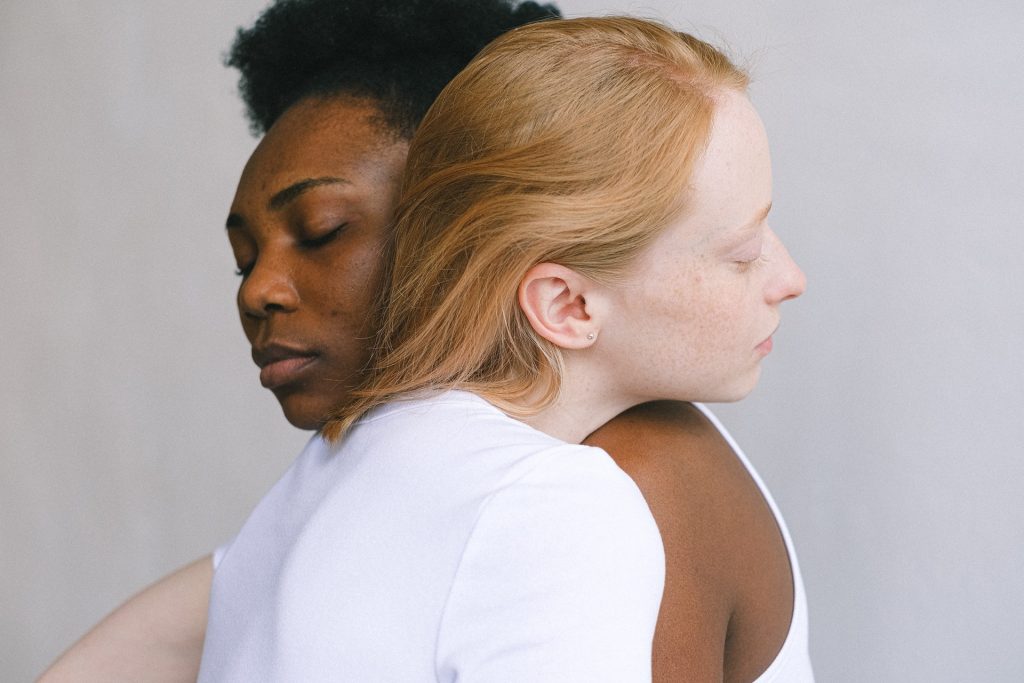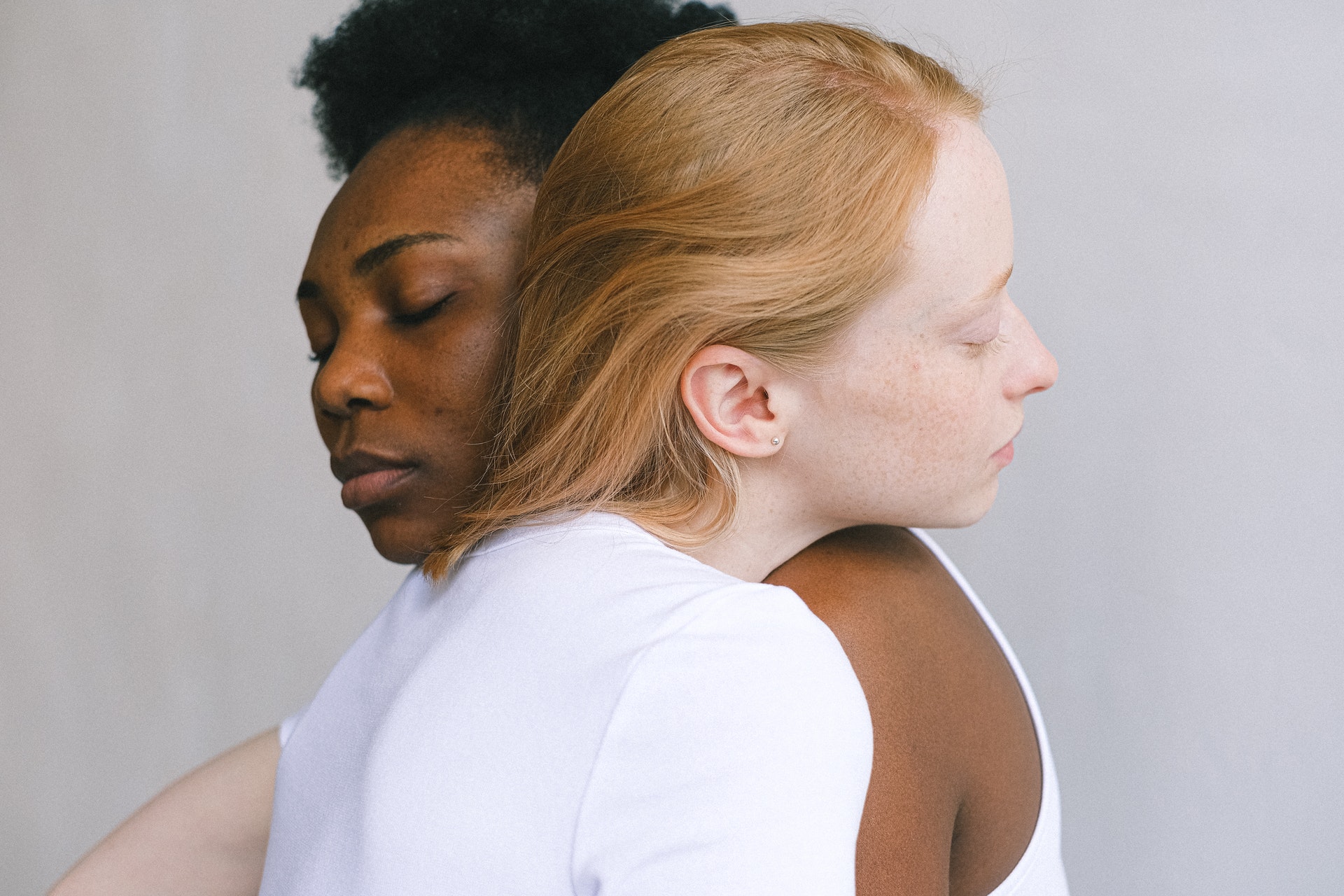The original version of this article was first published on Cosmopolitan by Emily Gulla.
 Attachment theory might sound like something that belongs in the high-brow world of psychology, but attachment styles in relationships actually affect each and every one of us.
Attachment theory might sound like something that belongs in the high-brow world of psychology, but attachment styles in relationships actually affect each and every one of us.
Your attachment style essentially informs how you behave in a relationship, and so it can also affect how healthy or unhealthy your relationships are. Attachment styles usually link back to childhood, but the good news is that understanding your individual attachment style can help you to better understand how and why you behave the way you do – which can mean you forge healthier relationships in the future.
There are three main types of attachment style: anxious attachment, avoidant attachment and secure attachment.
Here, we’re going to delve into what it means if you have an anxious attachment style.
What are attachment styles?
Your attachment style is established in early childhood, usually through your relationship with your parents, and that goes on to determine how you relate to your partner in an adult relationship.
“Attachment styles develop as a result of the bonds we make with our primary carers (usually our parents) when we are young babies,” explains Relate counsellor Holly Roberts. “Attachments are formed with our parents because they give us support, protection and care, and we also learn how to manage our emotions based on how our parents interact with us,” she adds.
You might not even realise it, but all of this then sticks with you once you enter an adult relationship.
What is an anxious attachment style?
An anxious attachment style might mean that you feel insecure, worried or, as the name states, anxious in a relationship. “Feelings of low self-esteem are common with this attachment style,” explains Holly. “You might call yourself ‘needy’ or clingy’. You seek out close relationships with others, but the closeness may never feel quite close enough.”
As well as needing reassurance, this might mean that you feel particularly worried about things like your partner going out or doing things without you. As Holly explains, “You look for relationships that give you security, and feel anxious when your partner isn’t around.”
Where does an anxious attachment style come from?
An anxious attachment style might mean that the bonds you developed with your parent or carer as a child were constantly disrupted or threatened, Holly explains.
For example, “perhaps a parent was there for some time, then absent for long periods of time,” she continues. “The care and attention you needed wasn’t constant, therefore anxiety might have been created out of the fear that your parent won’t return.”
“This can leave you thinking, ‘what’s wrong with me?’ and ‘am I not good enough?'” says Holly, and these are questions that you can then carry into your adult relationships.
Plus, outside of a relationship, you might find yourself still seeking approval from your parents into adulthood. “You still want to win their attention and affection,” says Holly, “so you might try to please them by getting a good job or doing the things you think will make them happy.”
Who should you date if you have an anxious attachment style?
Once you’ve started to understand your own attachment style a little better, you can start to think about which other attachment styles you’d be a good (or bad) match with – or at least prepare for how a relationship might play out between you and somebody who is either anxious, avoidant or secure.
You’ve got three combos:
Anxious + anxious: “Those with anxious attachments tend to gravitate towards other people with anxious attachment styles,” Holly explains. While this might mean your relationship is really intimate (because you both want to spend a tonne of time with each other), it can also lead to an unhealthy dependence on one another, says Holly, which is something to be wary of.
Anxious + secure: “A relationship between an anxious and secure person will work really well,” says Holly. However, it will probably be more satisfying for the anxious attached person. “The secure partner will be able to provide the security and assurance that the anxious partner needs, but they might struggle to do this on a long-term basis and their partner’s ‘neediness’ may become too much to manage.”
Anxious + avoidant: “An anxious and avoidant attached relationship is unlikely to work well. It would probably be like a game of cat and mouse, with the anxious person always trying to get closer and the avoidant person always trying to run away,” Holly explains. And this relationship can actually make things worse. “The closer the anxious partner wants to get, the further away the avoidant person will become. One behaviour triggers the other and it’s hard to ever meet in the middle.”
How can you work on your attachment style?
Now that you’ve established your attachment style, how can you try to become more secure and less anxious or avoidant?
Holly explains that if you don’t have a secure attachment style, you tend to want your partner to meet an emotional need that you aren’t able to meet yourself. The answer is then to try to meet this need yourself, so that you aren’t relying on a partner to meet it for you.
For example, “if you’re anxious and always seek reassurance from your partner then you might benefit from working on your self-esteem,” says Holly. Or if you always want your partner around, try reassuring yourself that you can cope on your own.
“The first step is to identify the negative patterns you always follow, and to interrupt them in a positive way.”
The original version of this article was first published on Cosmopolitan.
If you are dealing with any negative thoughts, we offer relationship counselling sessions at LCC.





